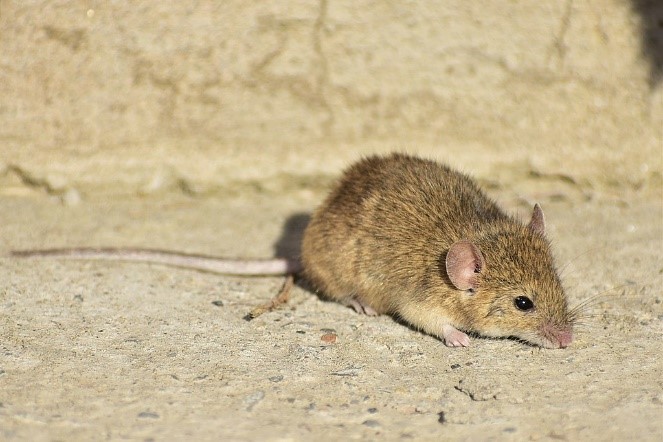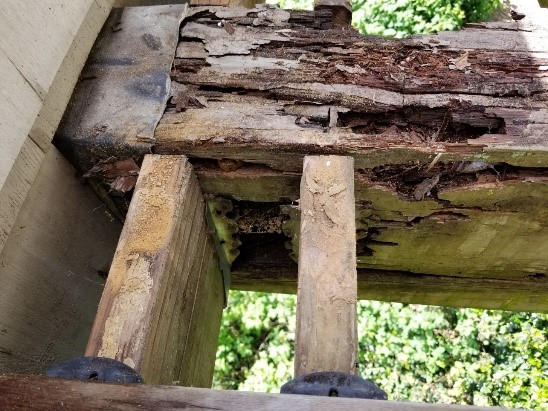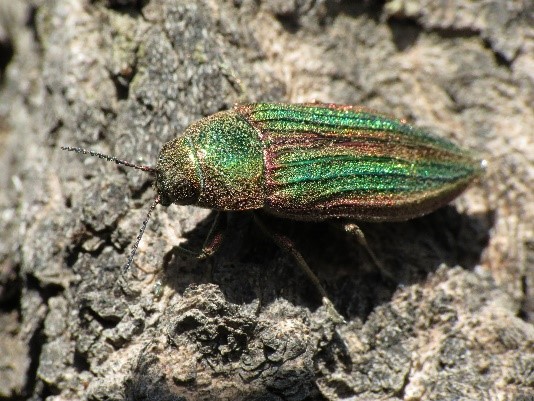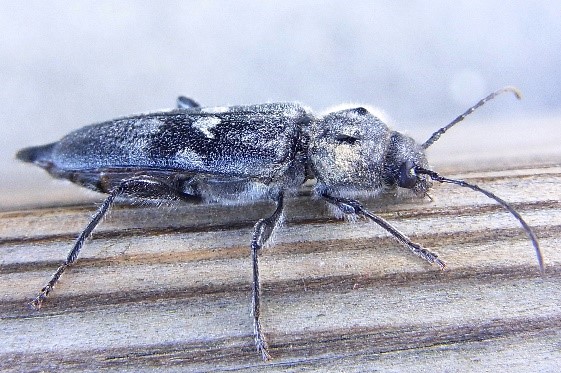Wood-Destroying Organisms

Wood-destroying organisms, other than termites (subterranean and non-subterranean) and rodents (explained in separate sections) cause great damage to wooden products and fixtures in homes, in addition to the inconvenience and anxiety caused by some of them to humans. The infestation of wood pests extends to all the wood of the house, starting with the wood used in the foundations of the house, ceilings, and wooden fixtures such as doors and windows, and then moving to wooden furniture of all kinds, frames, statues, and wooden trees in home gardens as well.
Infestation with wood borers varies according to the type of wood (hard or soft), the composition of the product from original or manufactured wood (mixed with other materials or wood pulp), the age of the wood product, its location, and the materials treated with it such as dyes and adhesives, in addition to the type of pest itself, which differs in Their bio-capacity, food preference, environmental conditions affecting them, and control measures used. Infection of wood with pests causes it to be infected with wood rotting fungi (and vice versa) (dry or wet fungi), which increases the economic damage that occurs to the components and contents of the house.
It is necessary to implement integrated pest management (IPM) techniques to reduce the number of pests that threaten human health and property. More than one technique can be used to reduce or eliminate pests. It involves monitoring, identifying, and determining the level of threat from pests; reducing the conducive conditions that attract pests (eliminating food sources, hiding areas, and other pest attractants); making the environment hostile to pests; and keeping the pests out by using pest-proof building materials; using traps and other physical elimination devices; and selecting appropriate poisons for identified pests.
Among the most important pests that infest wood in homes are:
Click on each species to learn about its identification/description, life cycle, common characteristics, damage, and economic implications.






